10 Most Dangerous Snakes
Description
10 Most Dangerous Snakes
➤ Welcome to 10B, your #1 place for all your amazing videos that will inspire you everyday. So make sure to SUBSCRIBE and never miss a video!
➤ SUBSCRIBE: https://www.youtube.com/channel/UCSNULArGuvbKyOlSwxsUh3g?sub_confirmation=1
Few animals strike as much fear into people as venomous snakes. Although the chances of
running into a venomous snake and dying from their bite are way less than dying from stuff like
accidents and fatal diseases, a fear of snakes still remains in most people. And anaconda movie is
to be blamed for that. Today, we are looking at the 10 most dangerous snakes in the world.
Venom from number 1 can kill a whole elephant instantly, so stay tuned for that! let’s begin:
Number 10. INLAND TAIPAN
Let’s start the list with the notorious Inland Taipans. This little guy is so venomous that a single
bite of this snake can kill 100 fully grown men or 250,000 mice. Reclusive and rare, the inland
taipan hides out in its remote, rocky habitat. This snake only makes the top 10 because of its
highly toxic venom, considered the most potent of any land snake in the world; it can kill an
adult human within 45 minutes. Hunting in the confined space of the burrows of the long-haired
rat, the inland taipan uses its potent venom to finish off prey quickly, injecting more than 40,000
times the amount needed to kill a 200g rat. The prey has little chance of fighting back. These
species have bitten only a handful of people, all snake handlers. Each survived with first aid and
hospitalization. The Inland Taipan is a very agile snake, and its strike is extremely accurate,
envenoming in almost all cases.
Number 9. Saw-Scaled Viper
The Saw-Scaled Viper is considered one of the world's deadliest snakes as it is believed to be
responsible for more human fatalities than all other snakes put together. The Saw-Scaled Viper
has a stout body with a pear-shaped head, which is distinct from its neck. They grow to a
maximum length of 0.9 meters and usually come in shades of brown, grey, or orange with darker
dorsal blotches and lateral spots. Unlike most snakes, the Saw-Scaled Viper moves sideways.
Saw-Scaled Vipers can live for up to 23 years. In northern regions, they hibernate during winter.
They are nocturnal and feed on mammals, birds, other snakes, lizards, amphibians, scorpions,
and centipedes. They can be found in arid regions and dry savannahs north of the Equator across
Africa, India, Sri Lanka, Pakistan, and the Middle East. Saw-Scaled Vipers are considered one of
the deadliest snakes of the world because they are often found in populated areas. A lack of
readily accessible antivenom in rural areas adds to their lethality.
Number 8. EASTERN BROWN SNAKE
Fast-moving, aggressive, and known for their bad temper, eastern brown snakes, together with
other browns, are responsible for more deaths every year in Australia than any other group of
snakes. If disturbed, the eastern brown raises its body off the ground, winding into an ‘S’ shape,
mouth gaping open and ready to strike. The fangs of the Eastern Brown Snake are relatively
small, as is the average venom yield. However, what the snake lacks in venom delivery, it makes
up for in potency. Its venom causes progressive paralysis and stops the blood from clotting,
which may take many doses of antivenom to reverse. Victims may collapse within a few
minutes. Between 2005 and 2015, 41% of the reported and identified snakebites were caused by
eastern brown snakes. They are encountered in Adelaide, Canberra, Brisbane, Sidney, and
Melbourne. In the same period, they were responsible for 15 out of 19 deaths.
Number 7. Blue Krait
Also known as Asia's most venomous Snake, the Blue Krait is a highly venomous snake of the
elapid family. It is characterized by a color pattern of bluish-black crossbands separated by
yellowish-white lines and can grow up to lengths of 1 meter. The Blue Krait is usually not
aggressive or defensive and will usually only bite when it is really provoked. They primarily feed
on other snakes and eat lizards, frogs, mice, and other small animals. They are generally
nocturnal and seem to prefer fields, holes, and sometimes even homes. They can also be found
near rivers, lakes, and ponds. The Blue Kraits are mostly found in Thailand, Bali, Malaysia,
Vietnam, Sumatra, Singapore, and Indonesia. Its venom has potent neurotoxins made up of
presynaptic and postsynaptic toxins. This mixture is known to directly attack an individual's
ability to speak or think clearly and paralyze the muscular system. The venom also attacks an
individual's respiratory system, causing suffocation within hours. The bite causes no pain, giving
the victim false reassurance. However, if left untreated, death can come within four hours.



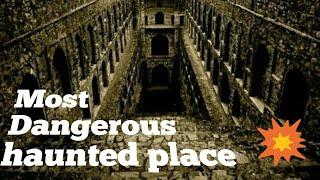
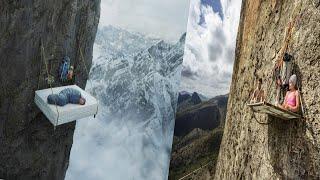
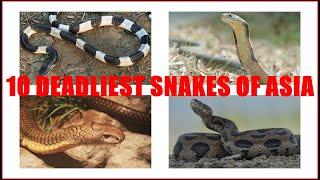

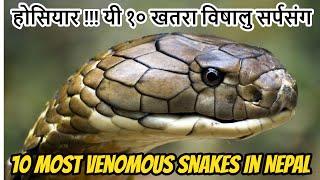
![বিশ্বের ভয়ঙ্কর 10 টি সাপ যা দেখলে আপনি ভয় পাবেন || The world's top 10 most dangerous [Snakes]](https://no-mar.com/uploads/thumbs/dbf547992-1.jpg)
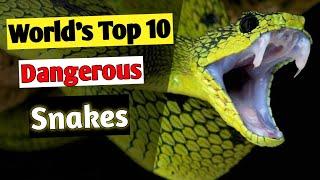
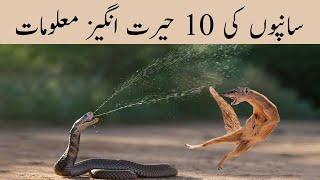

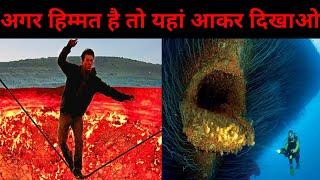
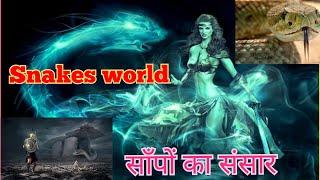
![[Update] Top 10 WORLDS Most Dangerous Water Slides - most dangerous Places in the WORLD](https://no-mar.com/uploads/thumbs/8859d93d8-1.jpg)






Comments